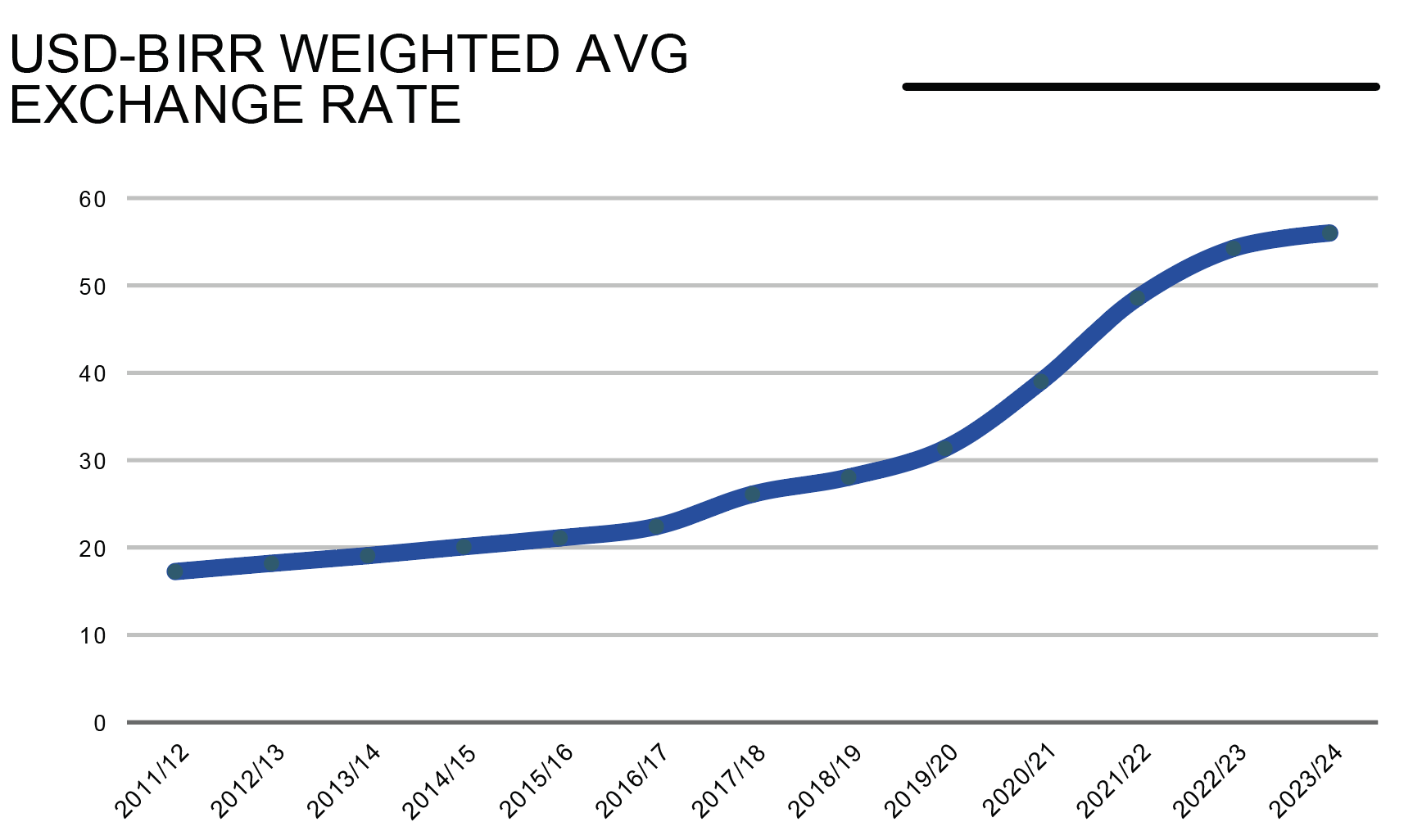Following a public sector-led growth model, Ethiopia recorded robust real GDP growth, averaging 10.2% per annum during 2005-2019. However, by 2019, the model started showing its limits, even before the domestic conflict, the COVID-19 pandemic and the Russia-Ukrain war.
Real GDP growth decelerated to 8.4% in 2019 and 6.4% in 2022; inflation rose from 5.2% in 2001-2005 to 20% in 2016-2021 and to 35% in 2022, and public debt rose from 47% of GDP during 2011-2015 to 57% during 2016-2021.
Reforms are ongoing to transition to a new growth path via organic private sector-led growth. The Home-Grown Economic Reform agenda (2019-2022) and the Ten-Year Development Plan (2021-2030) underscore measures to improve the environment for business, quality and efficiency of public services and reduce the role of state-owned enterprises (SOEs) in the economy through liberalization and improved governance.
Gradually phasing out capital outflow control combined with a fast-paced removal of both financial repression and capital inflow controls could potentially increase annual GDP growth by 2.5 percentage points over the next decade. Improving economic and financial sector governance are key to improving the business environment for increased employment creation, competition and innovation.
This economic brief published by the African Development Bank (AfDB) in August 2023, underscores that financial repression, capital controls and the lack of financial inclusion have hampered growth opportunities by diverting resources from the private sector. Trade repression via overvaluation of the Ethiopian birr, foreign currency scarcity and weak competitiveness due to numerous non-tariff barriers contributed to slow export growth.





